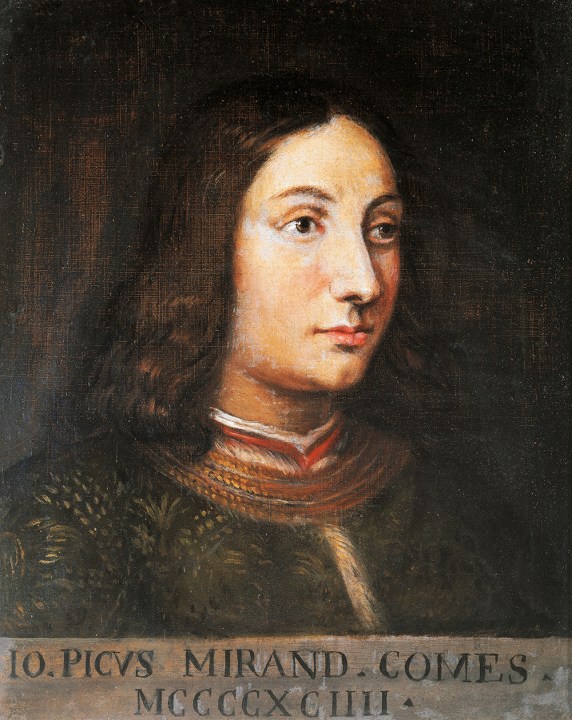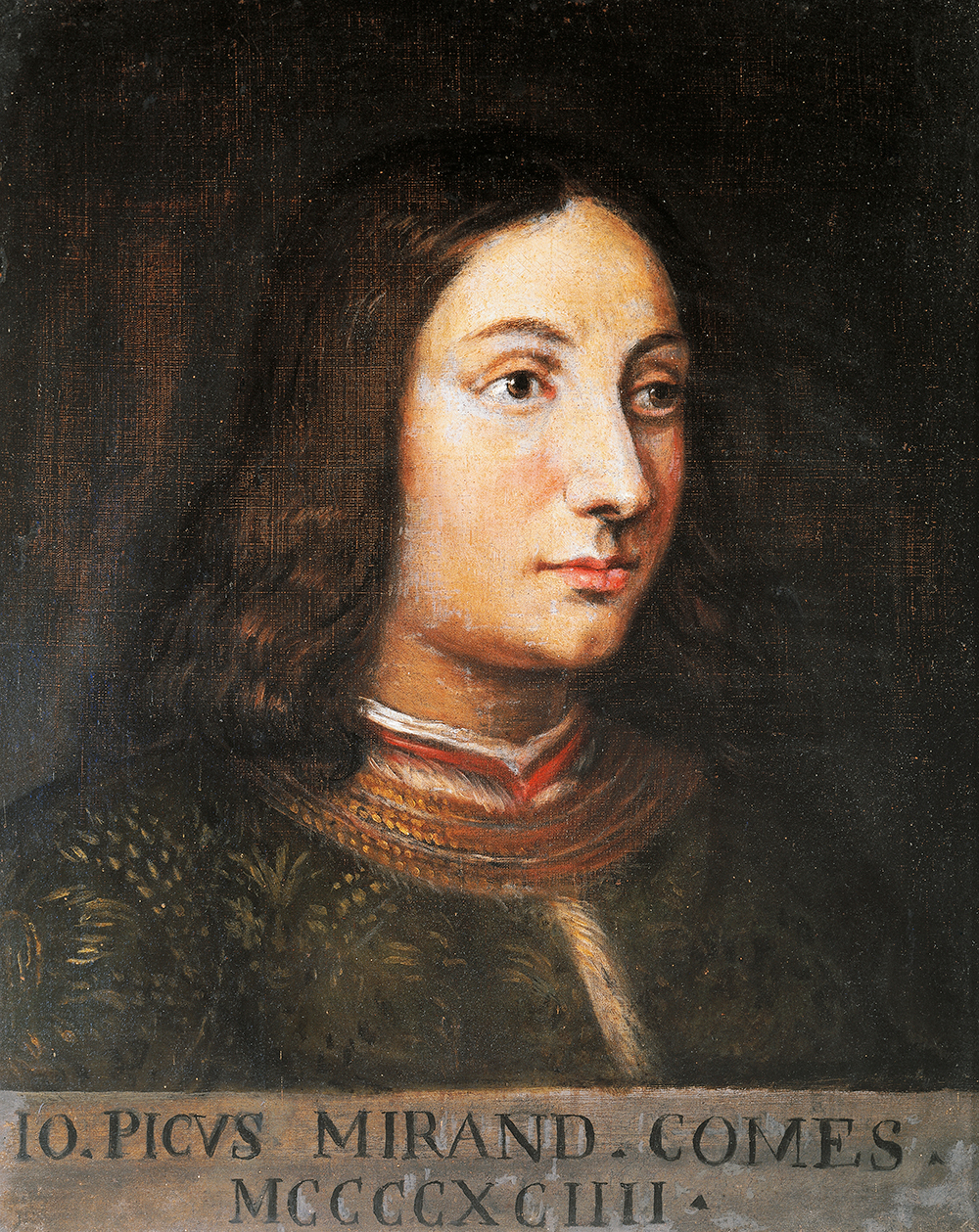
Edward Wilson-Lee writes rather chin-strokey, erudite books for the half-educated general reader with a strong taste for big ideas and the ever-so-slightly weird –which is to say people exactly like me and very possibly like you. The Catalogue of Shipwrecked Books: Young Columbus and the Quest for a Universal Library (2018); A History of Water: Being an Account of a Murder, an Epic and Two Visions of Global History (2022): autodidact catnip. He’s a gifted chronicler of the odd, the interesting and the esoteric. Think non-fiction Umberto Eco.
It’s perhaps not surprising, then, that he’s now got round to writing about the Renaissance Man’s Renaissance Man, Giovanni Pico della Mirandola: a genius aristocrat with a taste for the arcane who lived a life almost too fantastic to be true. Indeed, if Pico hadn’t existed, Wilson-Lee, or someone like H.P. Lovecraft, would have had to have invented him. Pico does, indeed, get a passing mention in Lovecraft’s post-humously published The Case of Charles Dexter Ward;and he remains a firm favourite among both serious scholars and spiritual seekers with an interest in things like the Kabbalah, western esotericism and angelology.
In The Grammar of Angels, Wilson-Lee seeks to recover the story of what he rightly describes as a ‘tumultuous’ life, lived at the ‘precipice of the thinkable’, which is neither a comfortable place to be nor an easy place to think. Pico was born near Modena in 1463 into a noble family, and his prodigious talents soon became apparent. Even as a child, hearing any lines of poetry once, ‘he was able to repeat them ever after, both forwards and backwards’, which seems not so much a gift as a double misfortune. By the time he was a teenager, having presumably memorised a lot of poetry and the scriptures, he went on to study ‘mathematics, philosophy and jurisprudence, as well as astronomy, natural sciences and metaphysics’. But that wasn’t enough. Having spent a few years in Paris, he acquired ‘an appetite for secret knowledges from the peripheries of Europe and beyond’. He was an omnivore, compelled and condemned to an insatiable search for the key to divine wisdom.
Aged just 23, Pico produced his audacious 900 Theses, a monumental work which attempted to reconcile diverse philosophical and theological traditions within a unified whole. Wilson-Lee describes it, in useful summary, as amounting to
Pico’s monumental 900 Theses was the first printed book ever to be banned by the church
a vision of being in which the existence of the individual was temporary and illusory, and should be sloughed off as soon as possible in favour of dissolution in various ascending forms of unity.
Unsurprisingly, the church was not impressed by such ideas. Pope Innocent VIII swiftly declared Pico’s work heretical and issued an injunction that all copies of the Theses were to be burnt. It was the first printed book ever to be banned by the church. Only five copies of the original text are extant.
By the age of 31 Pico was dead, possibly poisoned, so there are plenty of further twists in his life story. But what’s most impressive about Wilson-Lee’s account are not so much the biographical details, which are sometimes rather scanty, but the serious engagement with Pico’s ideas, in particular his theories about language being a kind of portal to the divine. In the chants of religious ceremony, or indeed in the fervent orations of a preacher such as Savonarola, Pico believed that language could dissolve the boundaries between the individual and the divine. In that case we might eventually become like angels and move ‘beyond our bodies like burning Seraphim – and, full of divinity, we shall be ourselves no longer, but rather will be Him, the One who made us’.
Central to Pico’s thinking, according to Wilson-Lee, was
the idea that there is an underlying oneness to all existence, that beneath and beyond the many things and beings we encounter there is a level at which they are all part of a shared fabric, and that if only we could access this deeper structure we could overcome the frustrations and limitations of our bounded selves.
In an extraordinary epilogue to the book, the author takes off in a personal, idiosyncratic direction, making a grand Pico-esque claim of his own. ‘Our most profound and exquisite experiences,’ he writes, may be ‘remnants of a mechanism that was developing towards our integration in a superorganic entity’. The internet, Wilson-Lee argues, has ‘created a digital central nervous system’ which might be regarded as a ‘superorganism’ akin to Pico’s vision of disembodied, self-transcendent ecstasy – and so the chronicler becomes techno-magus. It’s going to be interesting to see where Wilson-Lee takes us next. Can he go any higher? Can it get any weirder?








Comments